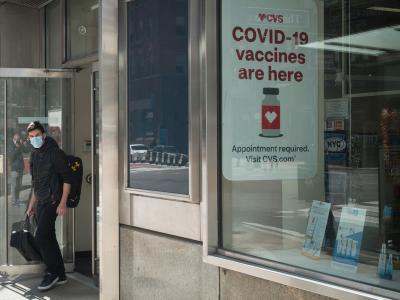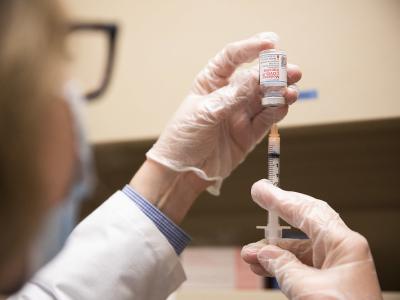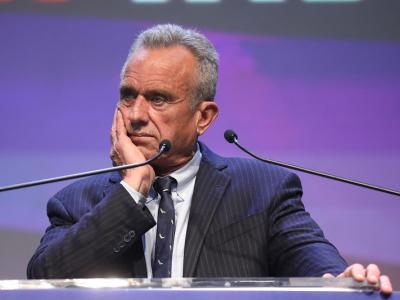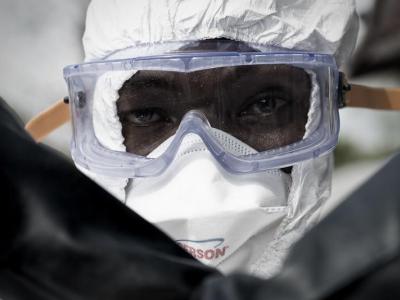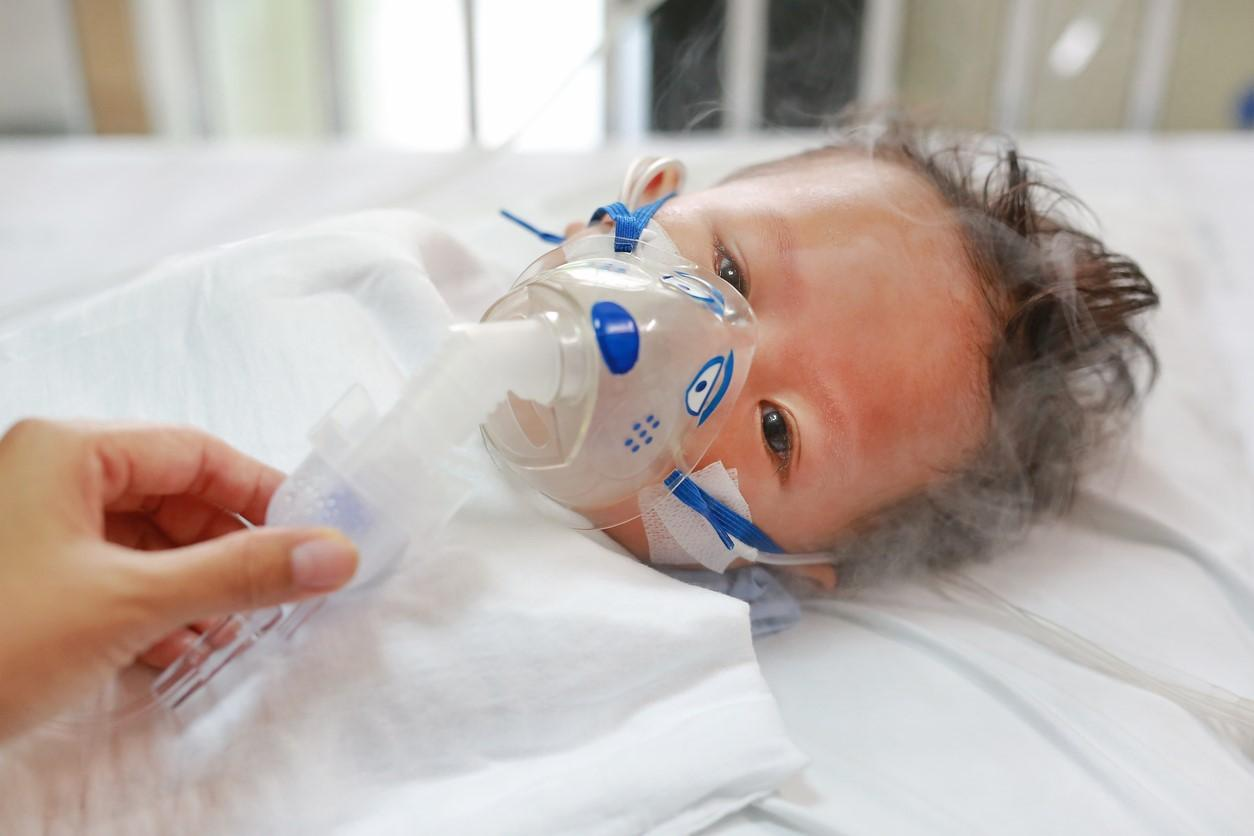
The estimated effectiveness of the monoclonal antibody drug nirsevimab was 89% against medically attended respiratory syncytial virus (RSV) infection and 93% against hospitalization among children younger than 5 years during the US 2023-24 respiratory virus season, according to a test-negative case-control study led by Centers for Disease Control and Prevention (CDC) researchers.
The researchers, who published the study in JAMA Pediatrics, compared the epidemiologic factors and burden of medically attended RSV-associated acute respiratory illness (ARI) among young children at seven pediatric medical centers in the 2023-24 RSV season with those of 2017 to 2020.
The team also compared nirsevimab binding-site mutations, which can decrease or increase susceptibility to the drug, in circulating RSV in infants who did and didn't receive the drug. In total, 28,689 children were enrolled: 9,536 in 2023-24 and 19,153 in 2017 to 2020. The median patient age was 15 months.
In 2023-24, nirsevimab (Beyfortus) was one of two new RSV-prevention products recommended to protect infants in their first RSV season; the other was Pfizer's Abrysvo maternal RSV vaccine.
Higher uptake may reduce RSV burden
During 2023-24, RSV cases made up 23% (2,199 of 9,490) of all medically attended episodes, a proportion similar to those from 2017 to 2020. Hospitalization rates for RSV in 2023-24 were also similar to average 2017 through 2020 seasonal rates (5.0 per 1,000), with the highest rates among children aged 0 to 2 months (26.6/1,000).
There is a potential for substantial public health impact with increased and equitable prevention product coverage in future seasons.
Low maternal RSV vaccine coverage precluded an evaluation of effectiveness for that product. Ten of 765 case patients (1%) who had RSV and 126 of 851 control patients (15%) without RSV were given nirsevimab.
Nirsevimab effectiveness was 89% against medically attended RSV and 93% against RSV hospitalization. Of 229 specimens that underwent whole-genome sequencing, no differences were noted in nirsevimab binding-site mutations by nirsevimab receipt status.
"This analysis documented the continued high burden of medically attended RSV-associated ARI among young children in the US," the authors wrote. "There is a potential for substantial public health impact with increased and equitable prevention product coverage in future seasons."

.jpg)
%20(1).jpg)
